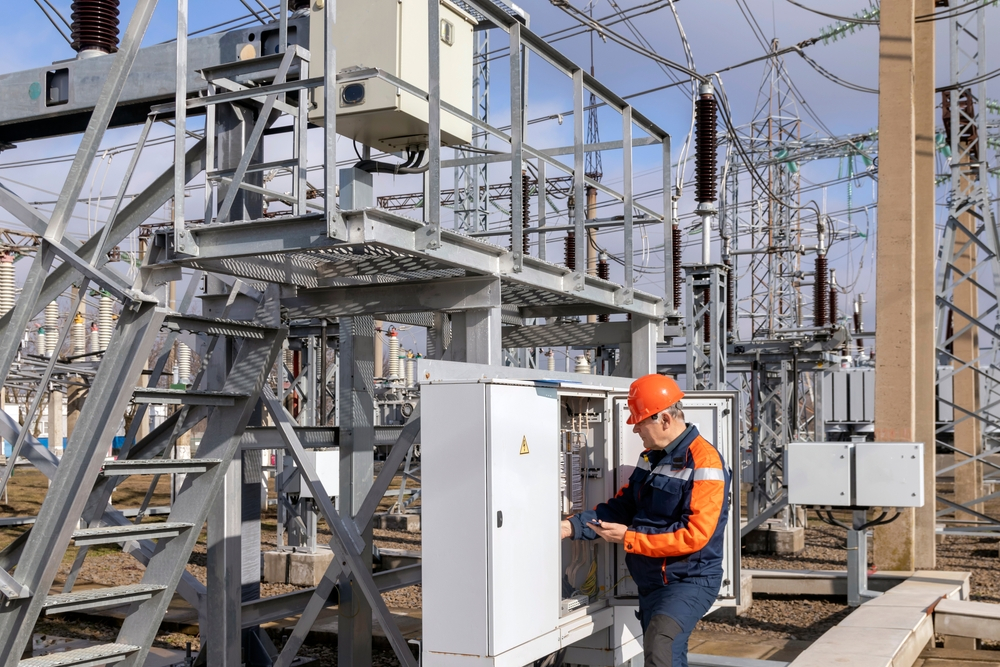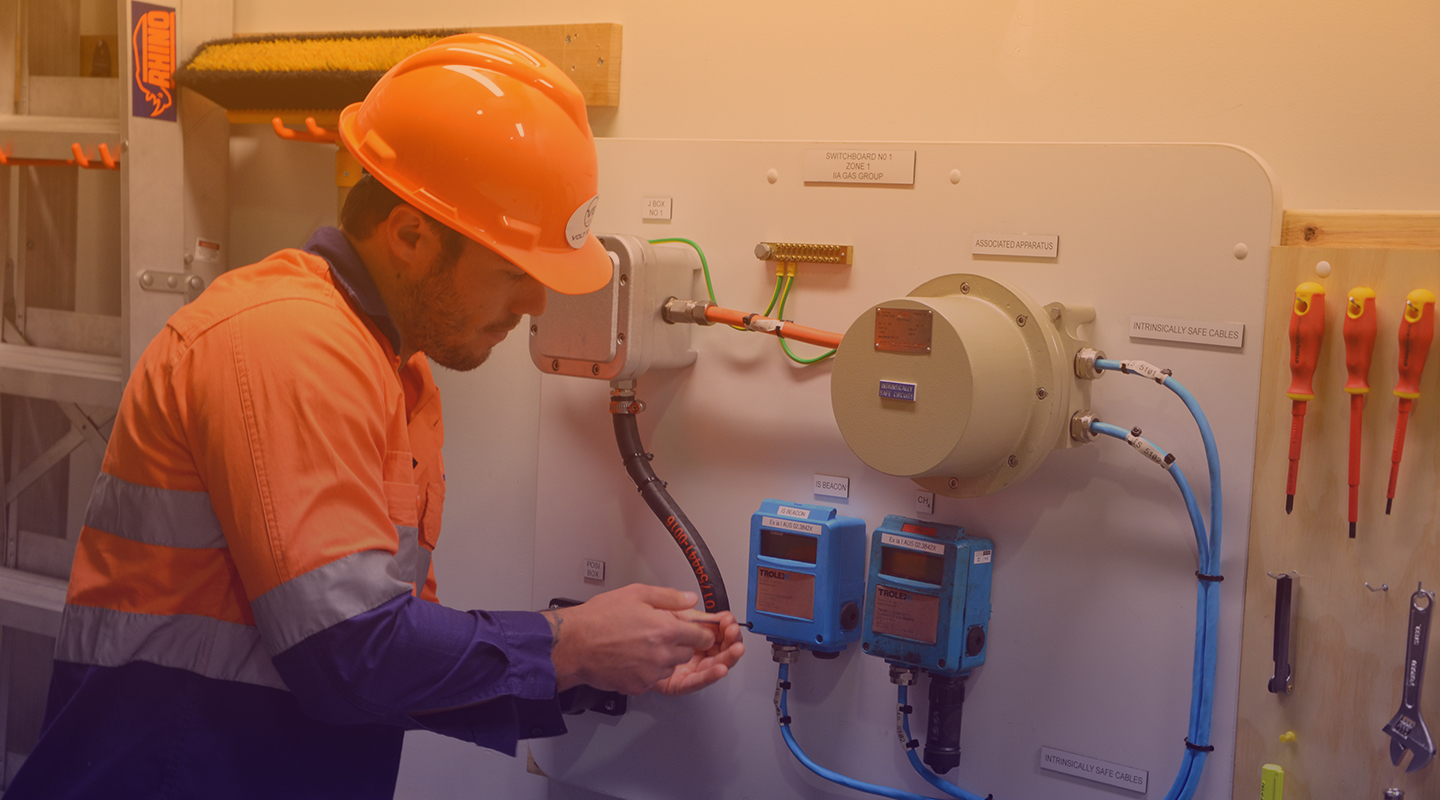Rumored Buzz on Roar Solutions
Rumored Buzz on Roar Solutions
Blog Article
The Single Strategy To Use For Roar Solutions
Table of ContentsUnknown Facts About Roar SolutionsThe Basic Principles Of Roar Solutions The Best Guide To Roar Solutions
In such an atmosphere a fire or surge is possible when three standard conditions are satisfied. This is usually referred to as the "dangerous location" or "burning" triangle. In order to shield installations from a potential explosion a technique of evaluating and classifying a potentially unsafe location is called for. The purpose of this is to make certain the proper choice and setup of devices to eventually prevent a surge and to make sure safety of life.
(https://profiles.delphiforums.com/n/pfx/profile.aspx?webtag=dfpprofile000&userId=1891249800)
No devices needs to be set up where the surface temperature level of the tools is higher than the ignition temperature level of the offered danger. Below are some usual dirt hazardous and their minimum ignition temperature. Coal Dust 380C 225C Polythene 420C (thaws) Methyl Cellulose 420C 320C Starch 460C 435C Flour 490C 340C Sugar 490C 460C Grain Dust 510C 300C Phenolic Material 530C > 450C Aluminium 590C > 450C PVC 700C > 450C Residue 810C 570C The chance of the threat being present in a concentration high sufficient to trigger an ignition will differ from area to area.
In order to classify this danger a setup is divided into areas of threat depending upon the quantity of time the hazardous exists. These areas are described as Zones. For gases and vapours and dirts and fibres there are three areas. Zone 0 Area 20 A hazardous environment is highly likely to be present and may exist for long periods of time (> 1000 hours annually) or perhaps constantly Zone 1 Area 21 A harmful ambience is feasible but not likely to be present for lengthy durations of time (> 10 450 C [842 F] A category of T6 implies the minimal ignition temperature is > 85 C [185 F] Unsafe area electrical equipment maybe designed for use in higher ambient temperatures. This would certainly showed on the rating plate e.g. EExe II C T3 Ta + 60C( This indicates at 60C ambient T3 will not be exceeded) T1 T1, T2, T3, T4, T5, T6 T2 T2, T3, T4, T5, T6 T3 T3, T4, T5, T6 T4 T4, T5, T6 T5 T5, T6 T6 T6 A T Class rating of T1 suggests the optimum surface area temperature level created by the instrument at 40 C is 450 C. Thinking the linked T Course and Temperature ranking for the equipment are ideal for the area, you can always utilize a tool with an extra rigid Division ranking than needed for the location. There isn't a clear response to this question however. It actually does depend upon the kind of devices and what repair services need to be lugged out. Devices with specific test procedures that can't be executed in the area in order to achieve/maintain third party score. Have to return to the factory if it is before the devices's solution. Field Repair Service By Authorised Employee: Challenging screening may not be called for nevertheless details procedures may require to be complied with in order for the devices to keep its 3rd party rating. Authorized employees need to be employed to carry out the job correctly Repair work should be a like for like replacement. New part should be thought about as a direct substitute calling for no unique testing of the tools after the fixing is full. Each piece of tools with a dangerous score must be evaluated independently. These are outlined at a high degree listed below, but also for more thorough details, please refer directly to the standards.
The Roar Solutions Diaries
The tools register is a comprehensive database of equipment documents that includes a minimum set of fields to recognize each product's area, technical criteria, Ex classification, age, and environmental data. The ratio of Thorough to Shut inspections will certainly be determined by the Devices Threat, which is examined based on ignition danger (the chance of a source of ignition versus the chance of a flammable atmosphere )and the harmful location category
( Zone 0Area 1, or 2). Implementing a durable Risk-Based Examination( RBI )approach is critical for making certain conformity and safety and security in handling Electrical Devices in Hazardous Locations( EEHA).
Not known Factual Statements About Roar Solutions

In terms of eruptive threat, a hazardous location is an atmosphere in which an eruptive ambience is existing (or may be expected to be present) in amounts that need unique preventative measures for the building and construction, setup and use equipment. electrical refresher course. In this short article we check out the difficulties faced in the office, the danger control steps, and the called for competencies to function securely
It issues of contemporary life that we manufacture, keep or handle an array of gases or fluids that are regarded flammable, and a series of dusts that are deemed combustible. These substances can, in particular conditions, develop explosive environments and these can have major and unfortunate effects. Many of us are acquainted with the fire triangle remove any one of the 3 aspects and the fire can not happen, however what does this mean in the context of harmful areas? When breaking this down into its most basic terms it is basically: a combination of a certain amount of launch or leakage of a specific substance or material, blending with ambient oxygen, and the existence of a source of ignition.
In the majority of instances, we can do little about the degrees of oxygen airborne, however we can have considerable influence on resources of ignition, for instance electrical tools. Dangerous locations are recorded on the harmful location category illustration and are identified on-site by the triangular "EX" indication. Below, among other key info, zones are split right into 3 kinds depending on the threat, the chance and duration that an eruptive atmosphere will certainly exist; Area 0 or 20 is regarded one of the most dangerous and this link Area 2 or 22 is regarded the least.
Report this page